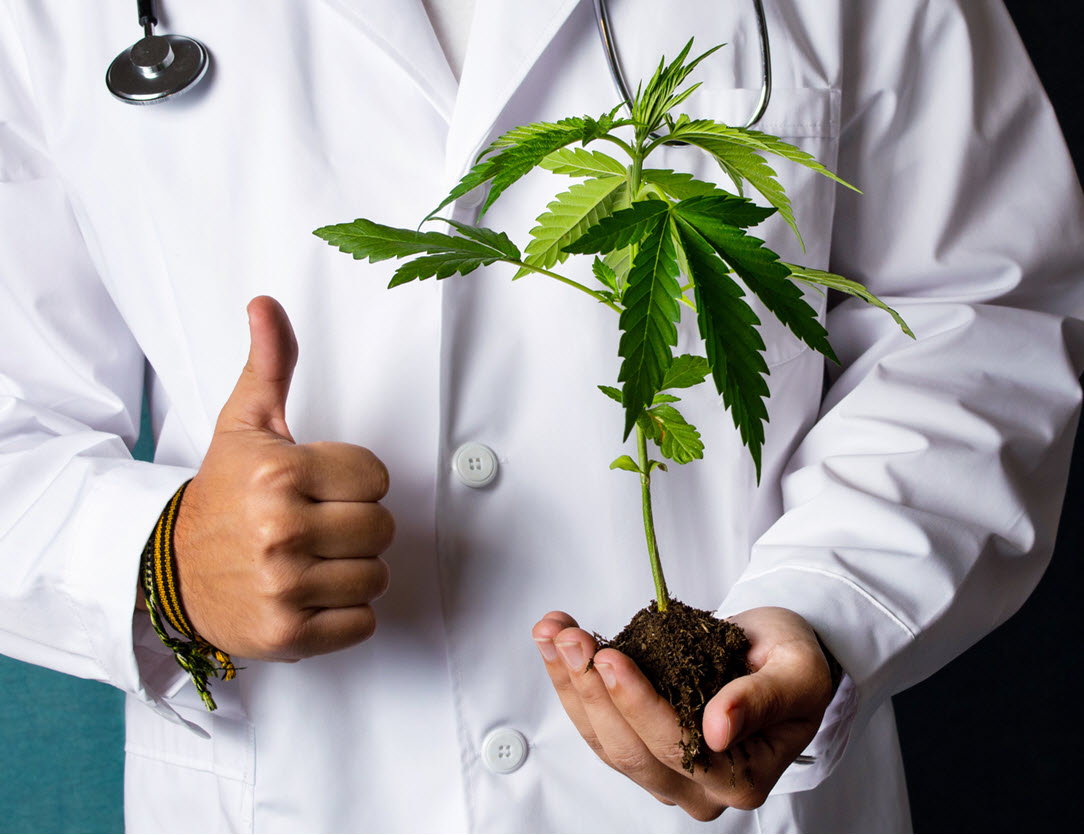
The DEA wants you to grow more weed and magic mushrooms for research
Despite rigid rules against the cannabis market due to a lack of state legalization, the Drug Enforcement Agency remains keen to learn more about the market. This desire to enter the marijuana market explains why the DEA is looking to increase production of marijuana and psilocybin for research.
The DEA’s request
The DEA will publish a notice in a federal register stating that it is proposing “significant increases” in the production of substances according to “Schedule 1”. The substances include:
-
Psilocybin
-
Psilocin
-
marijuana
-
Marijuana extract
These substances are related to the DEA’s interest in researching hallucinogenic controlled products for clinical testing and research. The DEA declares that it wants to support the regulated trials with List 1 substances, so the increase in the production quota explains why this step is essential.
The DEA also wants to research the prerequisites for the manufacture of new drugs and the effects of marijuana on the body. These steps are being taken to work towards the ability of the Food and Drug Administration to approve a new drug.
Why is the DEA making the request? a case for psilocybin.
Well, the DEA doesn’t provide enough details on why it’s suddenly interested in studying cannabis and psilocybin in massive quantities. However, it can be deduced that since the substances have received so much attention in the past year, the DEA is interested in finding out why people are interested.
Another reason for interest is that the state of Oregon decided in November that it would soon be voting for psilocybin legalization through the initiative known as IP-34. California will also allow its residents to vote on California’s Psilocybin Decriminalization Initiative 2022 in November.
In addition, Canada is beginning to use psilocybin as a drug to treat patients with an incurable disease. Numerous new studies are also examining the medicinal properties of psilocybin and how it can help treat conditions such as depression.
Interestingly, some US states have lowered penalties for someone caught holding psilocybin, and many other states have adopted the substance, with states like Michigan making September Entheogenic and Fungi Awareness Month.
Why is the DEA making the request? a case for cannabis
For cannabis, the current restriction as a List 1 substance will end soon. Dr. Sue Sisely, who focuses on medical marijuana for the treatment of PTSD and other conditions, sent a petition to get the DEA to postpone marijuana.
On Monday, a federal appeals court denied her motion to get the DEA to review their marijuana planning under the Controlled Substances Act. The judge, Paul Watford, issued a statement claiming that part of his verdict against Dr. Sisely’s petition was that the DEA may be “obliged” to begin the reclassification process in the future.
Like psilocybin, cannabis is growing in popularity, with several states and organizations willing to invest in more research for the medical sector. The DEA can no longer ignore these interests and aims to be the focus of its involvement in the marijuana industry if the federal government decides to legalize it.
Previous DEA efforts
The agency had arbitrarily changed production quotas for Schedule 1 drugs like marijuana, which shows a very productive approach. They are interested in realizing the therapeutic potentials of cannabis and psychedelics as other jurisdictions pass laws regulating the use of such substances.
In 2021 the DEA is ready to produce 2 million grams of cannabis, or 4,400 pounds. That reflects a 500,000-gram upgrade from his first marijuana quota for the year. The DEA is also suggesting making 500,000 grams of marijuana extracts, which will double their initial quota. With psilocin and psilocybin, the main components of so-called “magic mushrooms”, the DEA has also increased its production targets.
Originally the quota for psilocybin was set at 50 grams, but it is now being revised at 1,500, which is an increase of 2,900%. The DEA also wants to produce 1,000 grams of psilocin instead of the first proposed 50 grams.
How can interested parties get into this new contingent?
All interested parties have a 30-day window to post their comments on the new manufacturing quotas for the named substances and more after the announcement was officially announced on Thursday.
This development is exciting for cannabis experts and researchers. It also shows the federal law enforcement agency’s willingness to tap into this growing scientific field, which includes cannabis as its research focus regardless of its Appendix 1 label.
The process of meeting the cannabis manufacturing goal is now getting easier as the DEA seeks to end the monopoly on government-approved marijuana production. The University of Mississippi has had the research monopoly for over half a century and has conducted its research by adding more breeders for research purposes.
Although developments in manufacturing are hopeful, experts remain frustrated that the mushrooms and plants listed still belong to the strictest groups. Your frustration is understandable as these are plants of immense value and potential in the medical and recreational fields. It is time the American government understood the value of these substances in the American market. If Canada already takes the lead in North America, the US will have to catch up!
Bottom line
The DEA’s early move shows that the federal government has begun to show an interest in the consumption of cannabis and other substances. Research, trials and tests are always the first signs of interest in a substance, and therefore an increase in the production quota is a sign that something is brewing in the federal government.
It may take longer for the results of the DEA’s efforts to advance cannabis research and psilocybin to pay off, but the wheels are already on the move. Now cannabis experts and enthusiasts are waiting to see how this plays out in the future.

Post a comment: